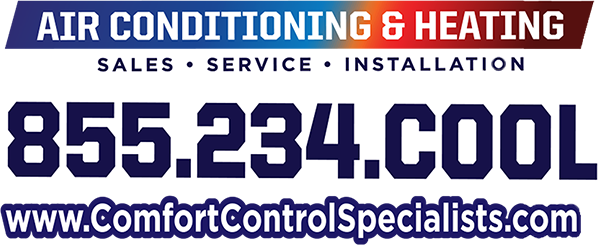Frequently Asked Questions:
Most air conditioning issues are common. Check out these FAQ’s to do some initial troubleshooting.
Sometimes interior AC units will freeze up if they don’t have enough coolant. The air temperature outside can also play a role in how well your A/C unit works. When the unit has to work extra hard to produce cooling, it can get too cold inside the AC cabinet. If your unit has frozen up, you’ll want to turn it off and let it defrost thoroughly. If it’s still not working after defrosting, or if it keeps freezing up, that’s a job for the pros.
A plugged drain line is one of the most common reasons that your AC unit is leaking into the cabinet. The unit generally sends any condensation out of the cabinet through the drain line, which exits your home near the exterior unit. If the line becomes plugged the unit can leak inside.
The same is true for an AC unit that isn’t set correctly because the wrong slant can send condensation flowing away from the drain line, allowing it to back up inside the cabinet and leak, damaging your home. You can unplug the line yourself in most cases with some vinegar. If that doesn’t work or the unit isn’t sitting correctly, you’ll need a professional to help you.
Set your thermostat to A/C mode and lower the temperature setting. If the furnace fan kicks in, the problem isn’t in the furnace. If the fan doesn’t run, try resetting the furnace circuit breaker. If the fan still won’t start, call a pro—the fixes shown here won’t work.
Next, check the outside condensing unit. The compressor (which sounds like a refrigerator) and fan should be running. If not, follow the troubleshooting and repair procedures shown here.
Check the power, and try turning it off and back on again. Look for a blown fuse or a tripped circuit breaker. Take a good look at your thermostat, too, and see if it’s set the right way. Lower it a few degrees and see what happens. If none of that works the compressor or motor may be bad, and a pro will need to fix it.
Check the power, and try turning it off and back on again. Look for a blown fuse or a tripped circuit breaker. Take a good look at your thermostat, too, and see if it’s set the right way. Lower it a few degrees and see what happens. If none of that works the compressor or motor may be bad, and a pro will need to fix it.
Check the thermostat and condenser. Clear weeds and any debris away from the outside unit. If that doesn’t work, you may need a pro to check the refrigerant level and make sure it has enough and isn’t leaking. The compressor may also be failing.
A blocked or dirty condenser or an evaporator that’s dirty can cause cycling. Cleaning the unit thoroughly and getting any weeds or tall grass away from the outside unit may be enough to get it working properly again. If not, it’s a job for the pros.
Checking to make sure the power is on and is getting to the unit is the first step. Look at your breakers or fuses, and see if there’s anything unusual. If there isn’t power to the unit, or it keeps tripping a breaker, it’s not something you want to work on yourself. Get a professional to take a look.

Air Conditioning DIY Tips:
Sometimes the fix is an easy one. We did some of the YouTube searching for you and found some of the most common AC issues that may not need a professional to fix. Have any questions? Call us at 1.855.234.COOL
How to install a smart thermostat
Repair a frozen Air Conditioner
How to change your air filter
How does a heat pump work
How to choose the right thermostat
How good is your air quality
A/C not cooling – tips and tricks
Beef up your attic insulation


